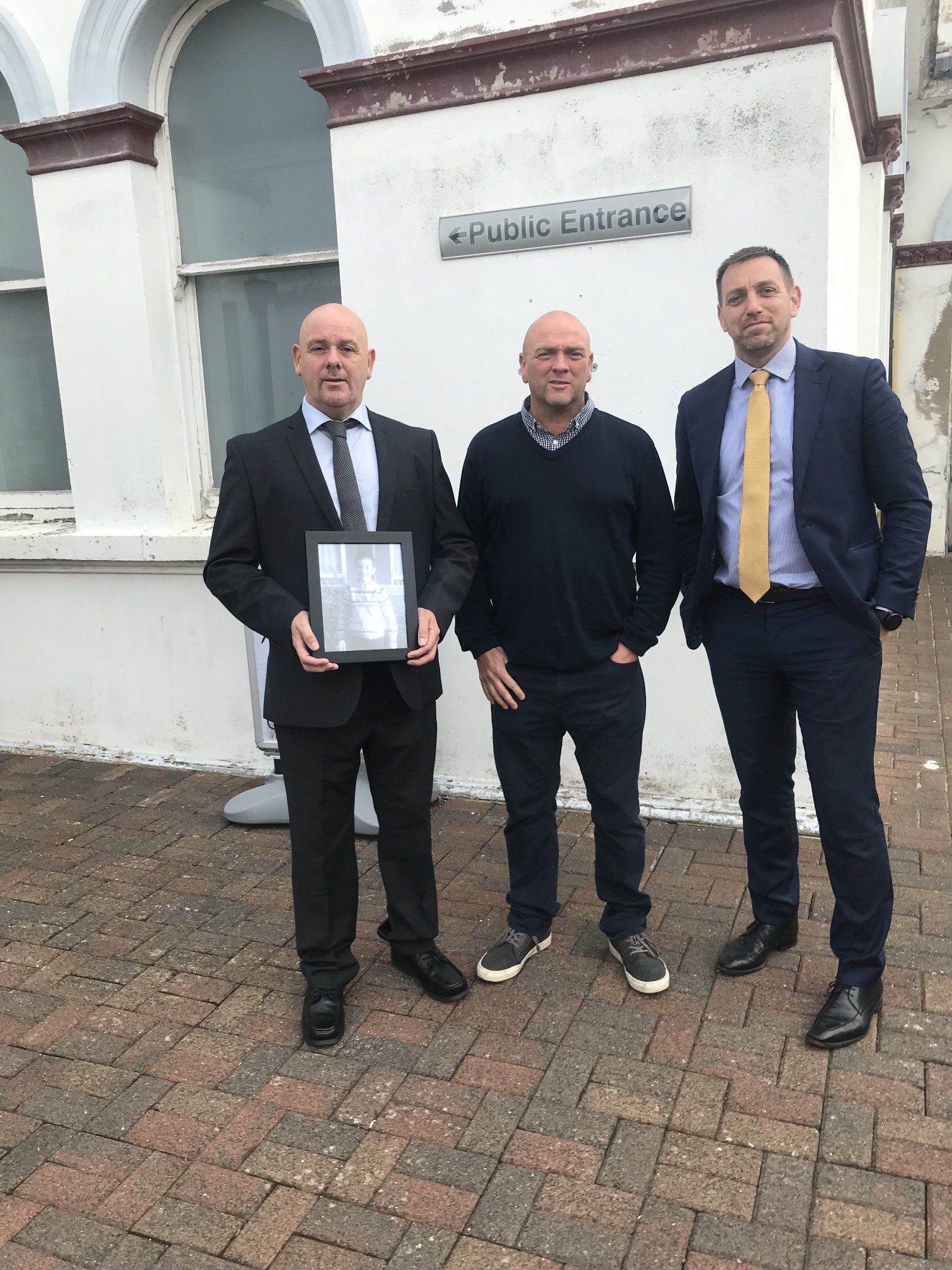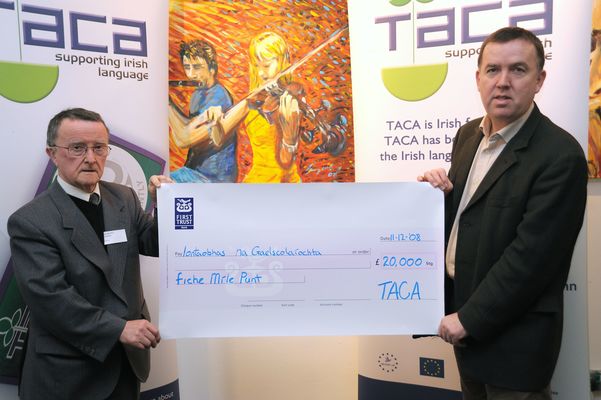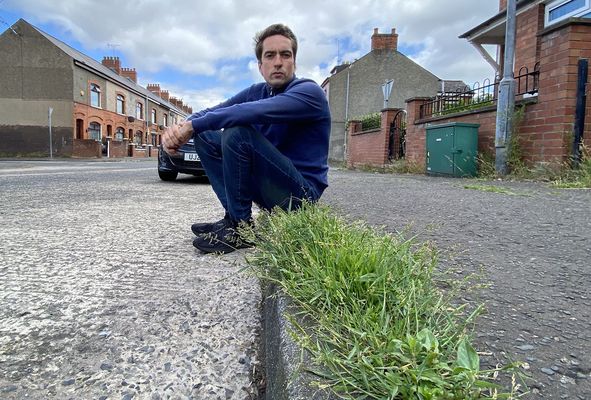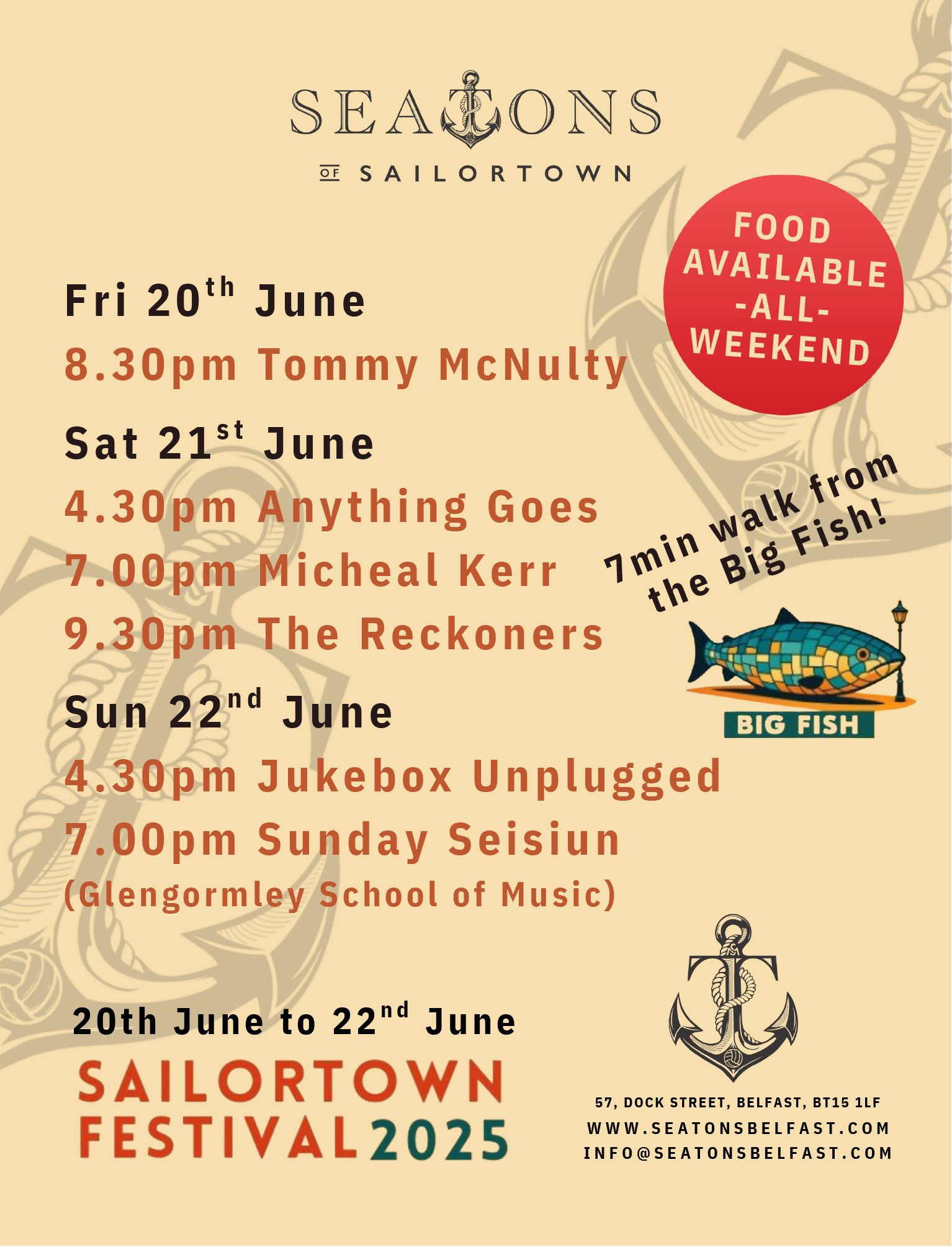FATAL injuries sustained by a 10-year-old boy at a barricade in Divis in 1975 were "consistent" with being struck by a plastic bullet, an inquest has heard.
Stephen Geddis suffered a head injury after British soldiers fired plastic bullets at a crowd of children in the Albert Street area on 29 August 1975. He died in hospital the next day.
Stephen Geddis
Coroner Paddy McGurgan began hearing a new inquest into the case at Banbridge Court on Monday.
The inquest is one of a number ordered by former Northern Ireland Attorney General John Larkin.
An original inquest held in January 1976, when no civilian witnesses were called, returned a verdict of “misadventure”.
Opening the new inquest on Monday, coroner's counsel Frank O’Donoghue outlined the details of a post-mortem report, which was carried out the morning after Stephen's killing.
The court heard the report said that there was a crowd of 40 to 50 youths around barricade set up in Albert Street on 29 August 1975. British troops were reportedly attacked with stones and missiles, and a soldier fired a plastic bullet which “had the effect of dispersing part of the group".
Mr Donoghue said the circumstances surrounding the discharge of a second plastic bullet were “in dispute”, but that Stephen was found lying on the ground in the “immediate aftermath”.
Stephen was taken to the Royal Victoria Children’s Hospital, where he told nurses he had been hit on the head by an object fired from a catapult, the post mortem stated.
Mr Donoghue said the court would hear from two pathologists who appear to be in agreement "that Stephen’s injuries are much more consistent with being struck by a plastic baton round than any object fired from a catapult".
“I am flagging up to the court that it may be that the possibility of Stephen suffering his head injury as the result of a discharge from a catapult can be eliminated and the pathology evidence will weigh firmly in favour of Stephen having suffered his injury as a result of a blow from a plastic baton round (plastic bullet)," he said.
“It is anticipated that the court will hear evidence from a number of civilian witnesses who will testify as to what they heard and saw that evening, and from relevant Army personnel who are members of B Company of the 2nd Royal Anglian Regiment and who were on patrol that evening."
The court heard that the inquest would call as witnesses three soldiers from B Company of the Second Royal Anglian Regiment, referred to as SGM3, SGM15 and SGM12.
Mr Donoghue said that while it appeared that a group of young boys were in the vicinity of the barricade that evening, there is a "an issue as to whether Stephen is part of or separate from that group".
“It would appear that those young boys engaged in some acts of civil disorder, but the extent of those acts appears to be in dispute," he stated.
“It would appear that there were two baton rounds discharged. One baton round appears to have been discharged which had the effect of dispersing part of the group. The second baton round appears to have been discharged at a later point in time and again the circumstances of that appear to be very much in dispute.
“What does not appear to be in dispute is that, in the immediate aftermath of the second baton round being discharged, Stephen was found lying on the ground with the injury to his head.
“We anticipate hearing evidence demonstrating that Stephen was found lying on the ground in the immediate aftermath of the discharge of the second baton round, and we appear to have pathology evidence that his injury is consistent with being struck by an object consistent with it being a plastic baton round.”








